It began two weeks ago, in the low, rolling hills outside of Mazatlan. It was the start of the section of our journey that both Kelly and I had been the most worried about since we began planning over a year ago – a 3 month expanse of high temperatures and high humidity from mainland Mexico until we reached the highlands of Colombia. In our planning we had hinged the success of The Long Road South on the adaptability of the human body. For the first 2,500 miles of the trip, our bodies responded to the stress we placed on them better than we could have hoped. Kelly’s legs got used to moving an additional 120lbs of weight on her bike. My arms slowly adapted to churning up multi-mile climbs. Both of us became accustomed to riding for hours upon hours, often 40-50 miles or more (our longest day to date was a 69 miler), day after day. But entering mainland Mexico, we felt like we were starting all over. Kelly dreads the heat and I simply don’t function in it. I’d hoped my body would acclimate. As we kept pushing south, towards Manzanillo and some rest with my parents, into bigger hills and ever-muggier weather, both Kelly and I started struggling more and more. My body was trying to shut itself down, which forced Kelly to shoulder an even heavier load of our daily tasks. The breaking point came as we pushed our last two days into Manzanillo. I’ll take you there now…
We stop for a bite to eat in the meager shade of a roadside oak. We’re at the top of a climb, the third 500 footer in the past 10 miles, but there’s no breeze. Even in the shade the stagnant humidity rests on my skin like a blanket. 35 miles into the day and another 12 to go. So far we’ve been lucky. Through a constant flow of rollers, some high some low, but all feeling steep to my arms that’ve been heavier than normal for the past few days, dark clouds have kept the worst of the heat at bay. But now, at 1pm, they’ve finally blown through and the full force of the sub-tropical sun is beating down. Over the past 3 months I’ve gotten pretty good at suffering; pain and exhaustion are familiar companions on this journey. But the past few days have been different. The signs have been creeping in that my body is trying to shut itself down in this heat - headaches, insatiable thirst, fatigue that doesn’t break after multiple rest days. Now the strength seems to be leaching out of my arms. Kelly and I eat some animal crackers and down some coffee. She goes to refill the pressurized water tank that runs to a spray nozzle pointed at my face. One of the connections has been leaking so I’m going through a tank in 7-8 miles when it’s this hot out. More stops mean more time in the heat. More refills mean one more thing for Kelly to do during our time on the side of the road as we try to nurse my body through the heat. When she just wants to be sitting in the shade, resting her legs, she’s up filling bottles, refilling my tank, grabbing food for us to eat. For her, the rest is no rest at all.
Thinking it’s urgent Kelly pulls off where’s there’s an angled concrete ditch. “Pull down in there and I’ll come to you,” she says. I don’t process what she’s saying and pull right next to her bike. “What are you doing?” she asks, exasperated. “I’m still out in the road, why the hell didn’t you get off the shoulder?”
I have no idea what she’s talking about. “I…” I start to respond and find myself grasping for words. “cannot…process…anything right now. I don’t…know what the hell’s going on. But…I…need instructions.”
“Okay.” She goes into action mode. “Can you pedal a little farther to find a better spot.
“Yes.”
She pulls back onto the road and finds a shady pullout a quarter mile down the road. She grabs my meter and I check my blood sugar. Not low, high. Higher than normal, higher than it should be, but not high enough to be causing serious issues. This is worse than being low. At least being low would explain my spinning mind. “It’s not my blood sugar.” I say. I’m worried. I feel like I’ve ridden myself crazy. Kelly pulls out the thermometer and I check my temperature: 100.8. The messed up thing is that this doesn’t even seem that high. 101-102 degree temps have been common since we entered heat and humidity of mainland Mexico. We didn’t know it at the time, but for the past few days I’ve been exhibiting many of the signs of heat exhaustion. Having quadriplegia, with a compromised thermo-regulatory system and the inability to sweat obviously exacerbates my susceptibility to heat-related illnesses. Having Diabetes makes me even more susceptible. Now, I’m creeping closer to heat stroke. If I wasn’t so confused, I’d realize that our trek through Mexico and Central America is going to be much shorter than we’d hoped.
The confusion and hamster wheel head start to dissipate after about 10 minutes. They’re replaced by a profound fatigue. It’s 89 degrees in the shade, but I feel like I could fall asleep sitting in my bike. “You want to get out and lay down?” Kelly asks.
“No,” I respond. I’m afraid if I lay down I won’t be able to move when I get up. Heat exhaustion or not, we still have an 850ft climb and 10 or so miles to go before we’re somewhere we can sleep for the night. Riding there is our only option.
We make it to the top, but by the time we get there I can barely move my arms. Cresting the hill the breeze returns and soon we’re flying at 35mph the last few miles to Punta Perula. As soon as it flattens out Kelly starts pedaling and quickly puts a 100m gap between us. I pedal but no power is going into the cranks. She slows and we limp into town.
A few hours later we make it to the condo my parents have rented for Christmas near Manzanillo. We cool off. We drink some beer. We recount our past few days to my parents. Hearing the struggles and symptoms out loud makes us realize how dangerous this riding has become. With no relief for three months, until we get to the mountains of Colombia, we decide to look at our options.
The Long Road South is now going to be shorter. Slightly. On January 8th we’re getting on a plane and flying to Bogota, Colombia. We’re exchanging southern Mexico and Central America for the high-altitude Andes. Most of the distance we’ll lose by flying to Bogota, we’ll make up in southern Patagonia. We’ll spend a week in Bogota, acclimatizing to the 8,500ft altitude. Since we’ll now be months ahead of our original schedule, we’re going to push to ride the length of South America, covering 6,300 miles to Tierra del Fuego and the end of the road: Ushuaia, Argentina. Instead of dreading the next three months, Kelly and I are excited about the riding. Another ten days of resting our bodies and minds, of hanging with my parents in Mexico, then it’s time to get back to work. We still have a long way to go.
Thank you, again, for your continued support. It has kept us going as our struggles have threatened to overwhelm the trip. There’s no way we could’ve been able to make it this far without you.
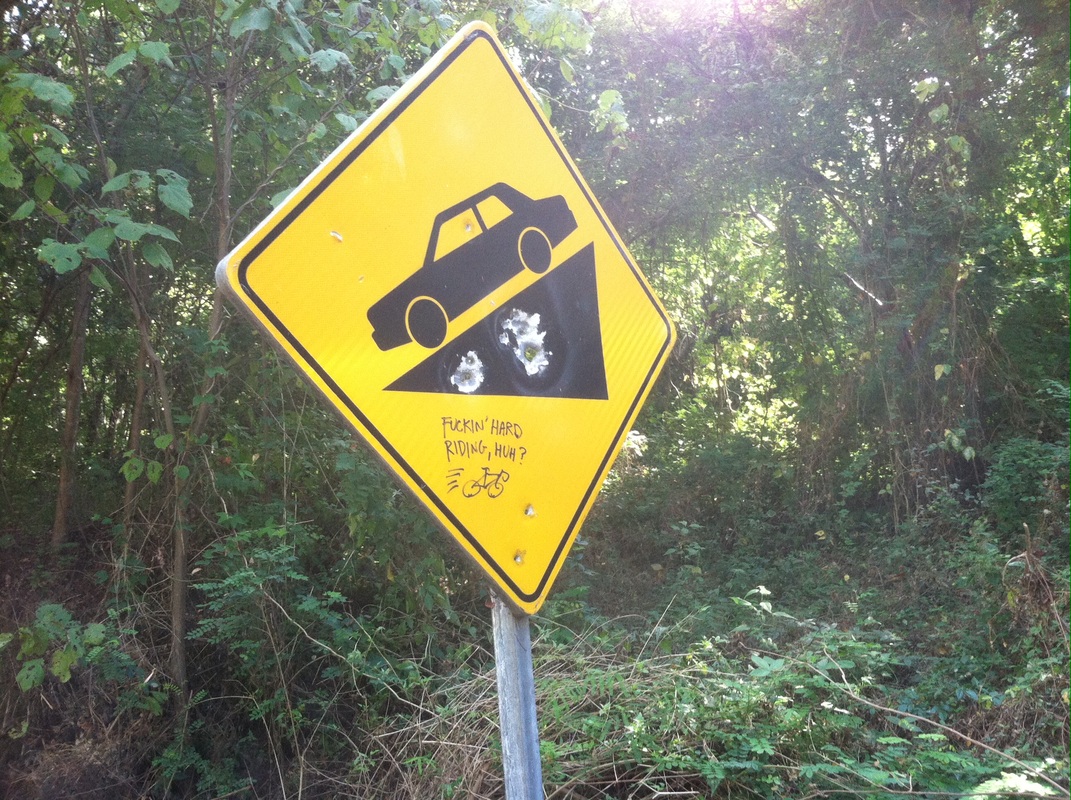
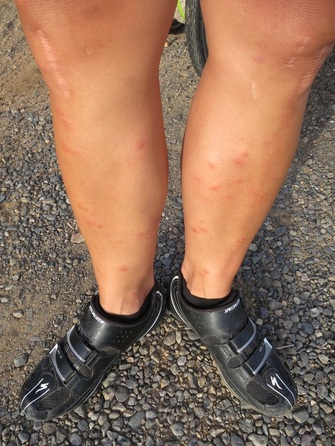
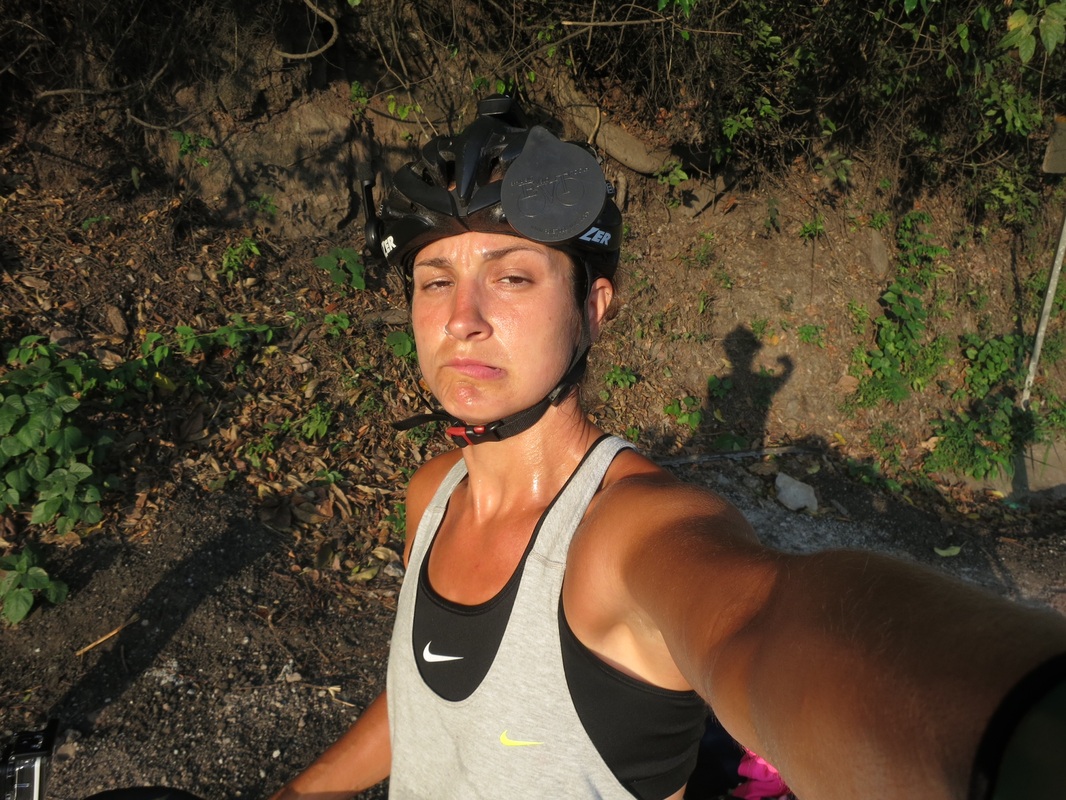
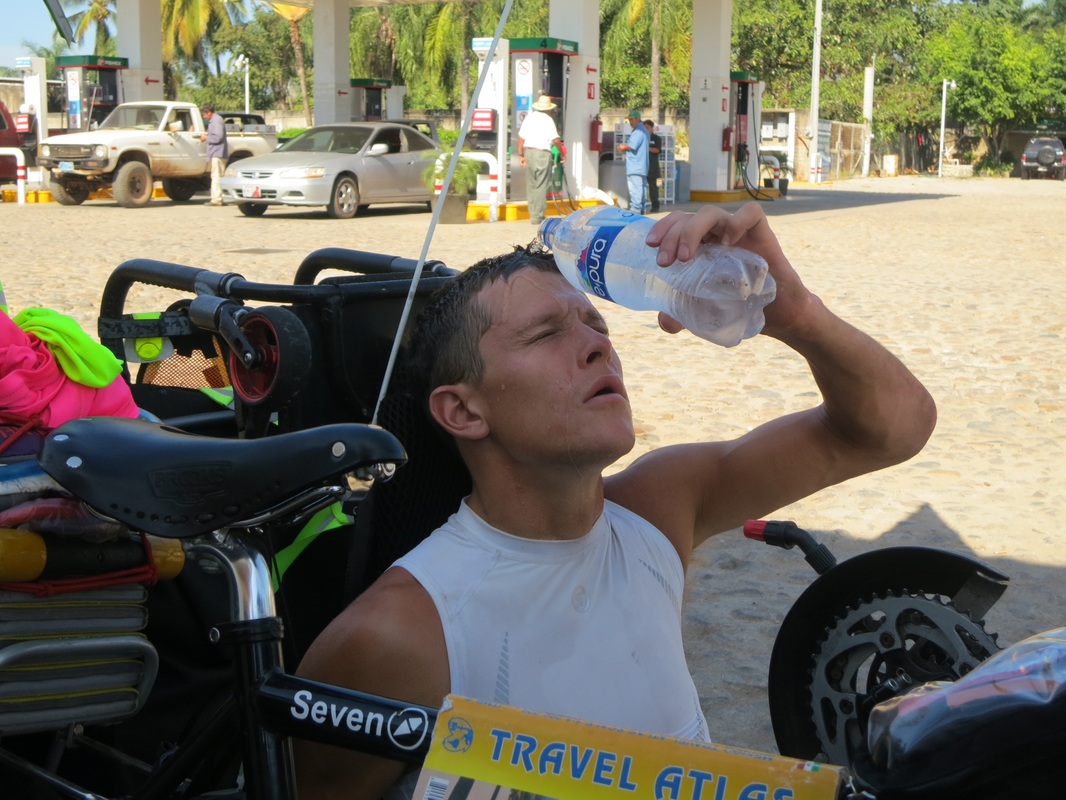
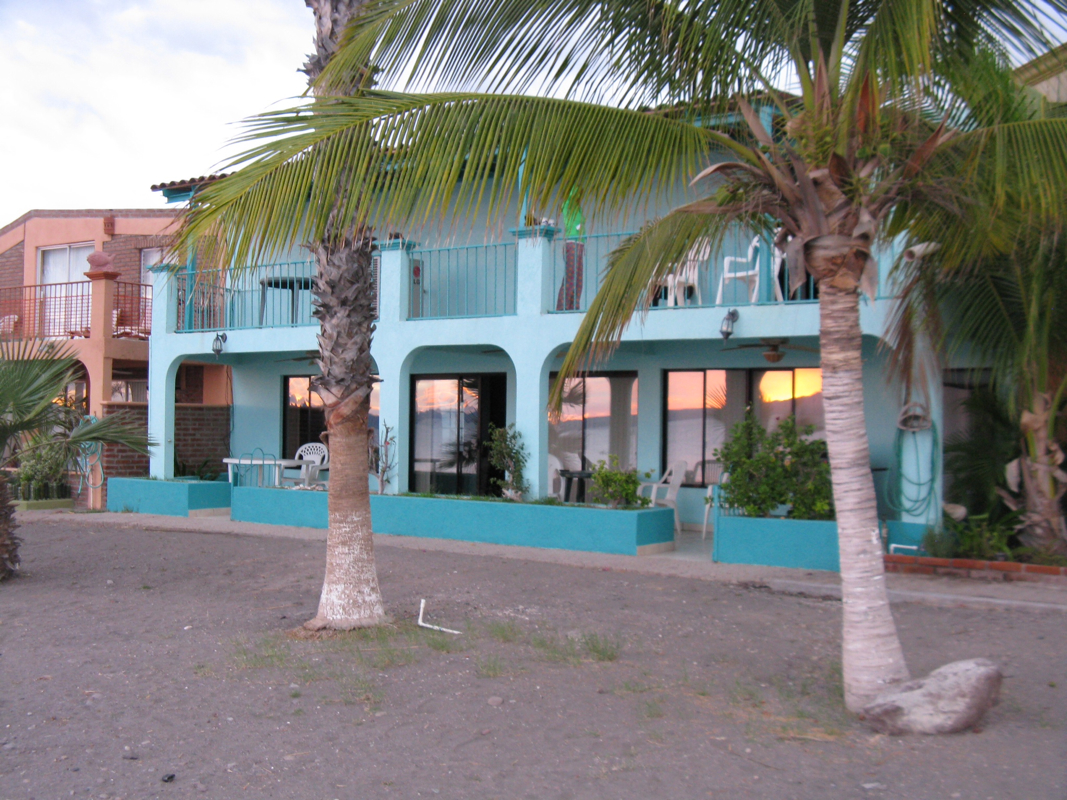
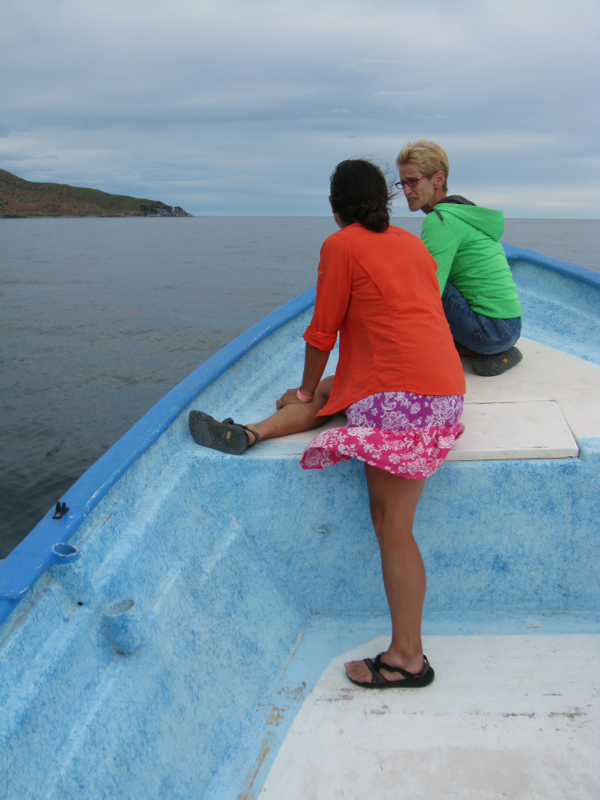
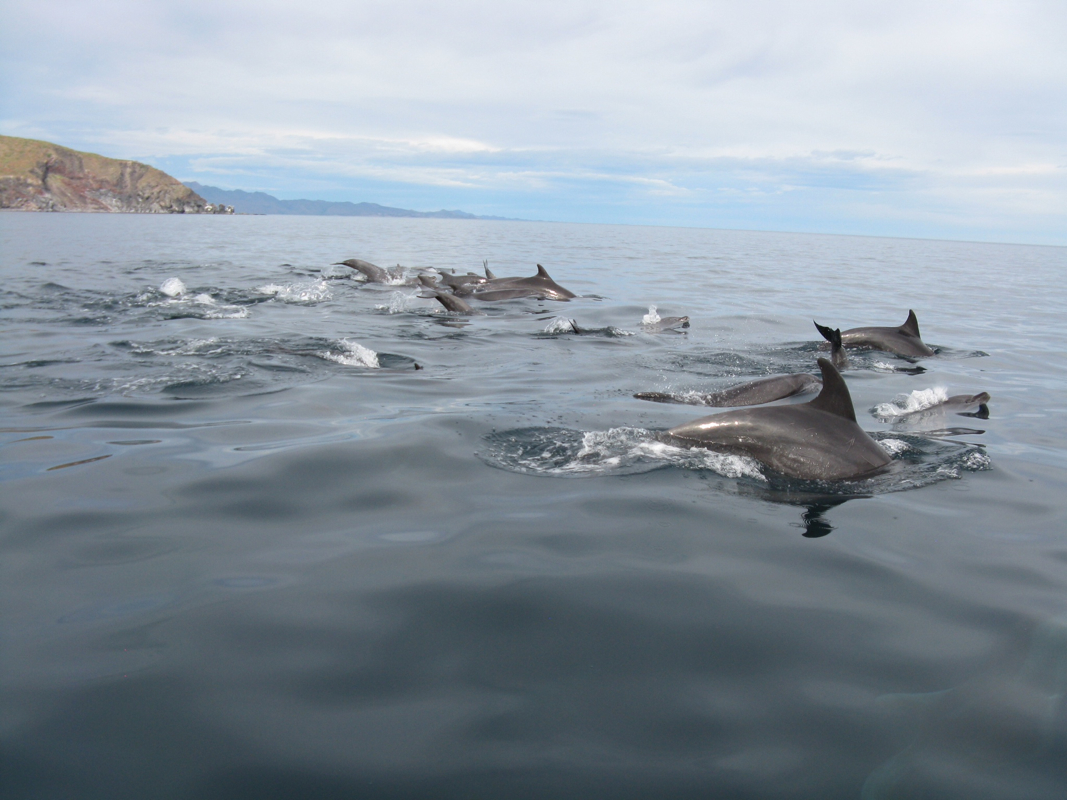
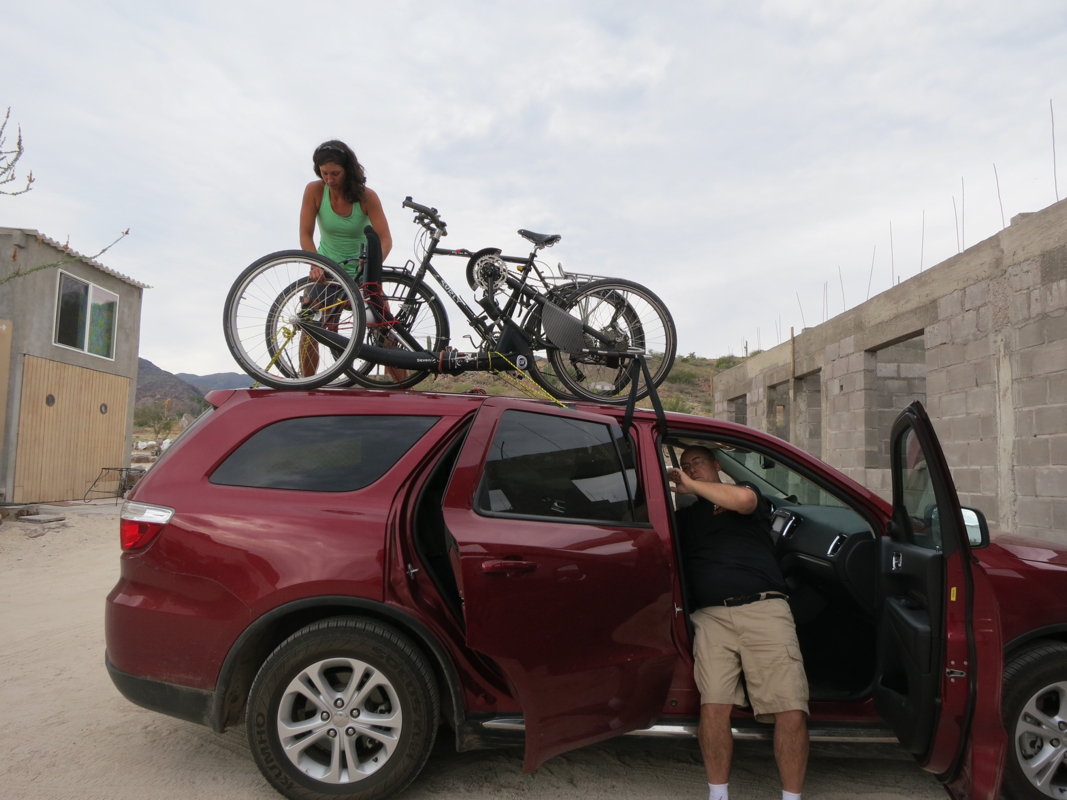
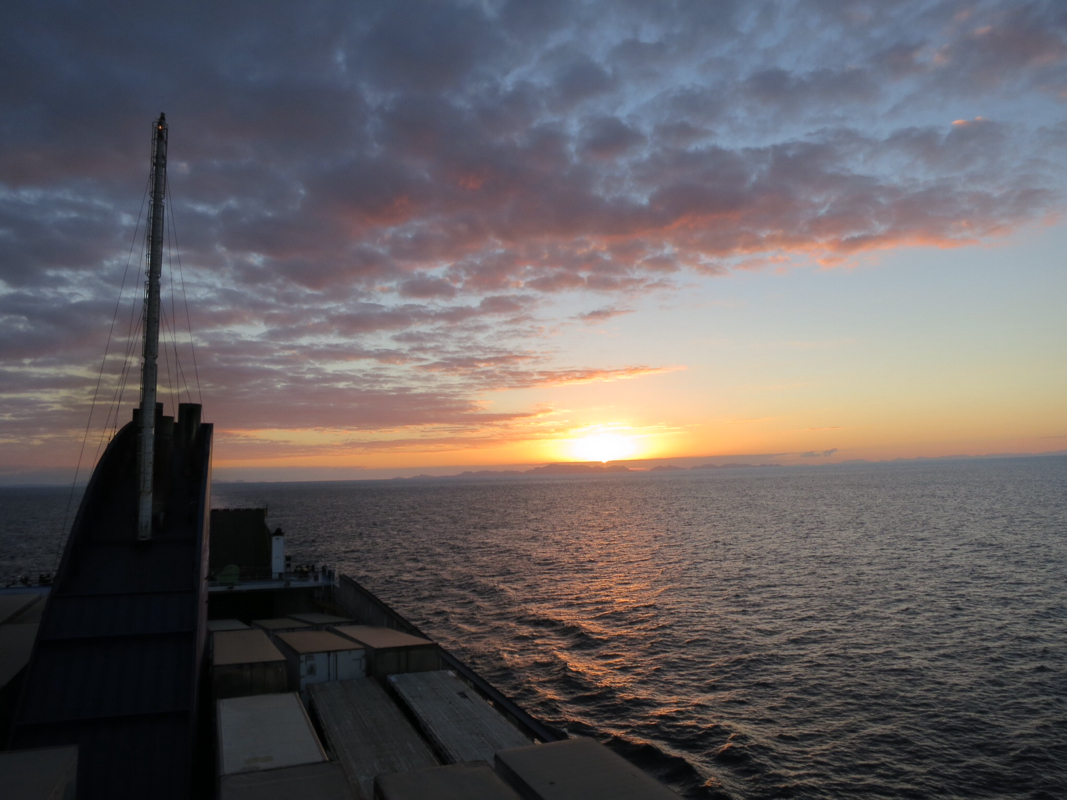
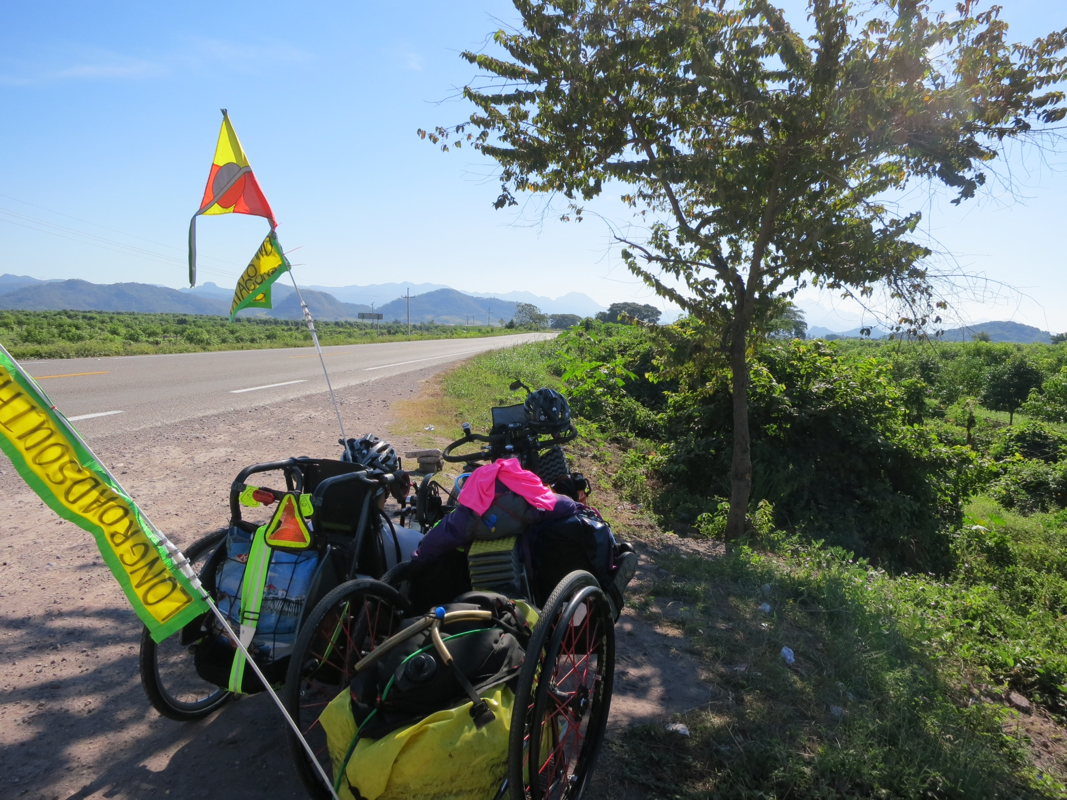
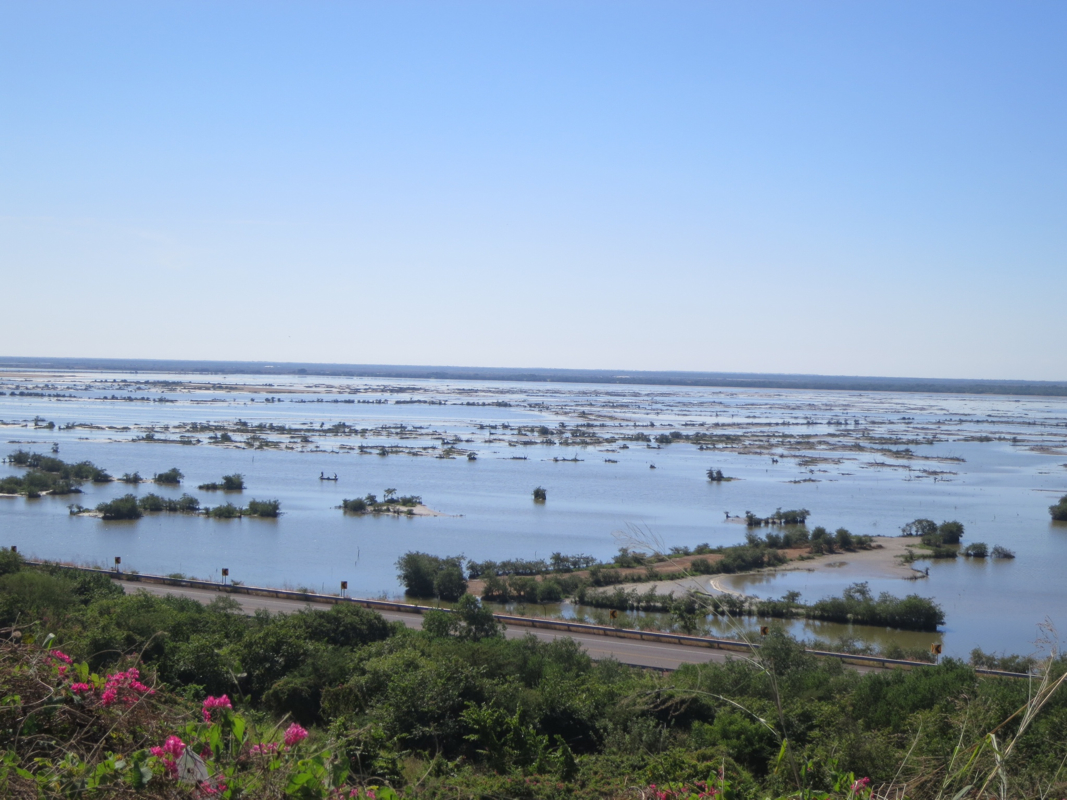
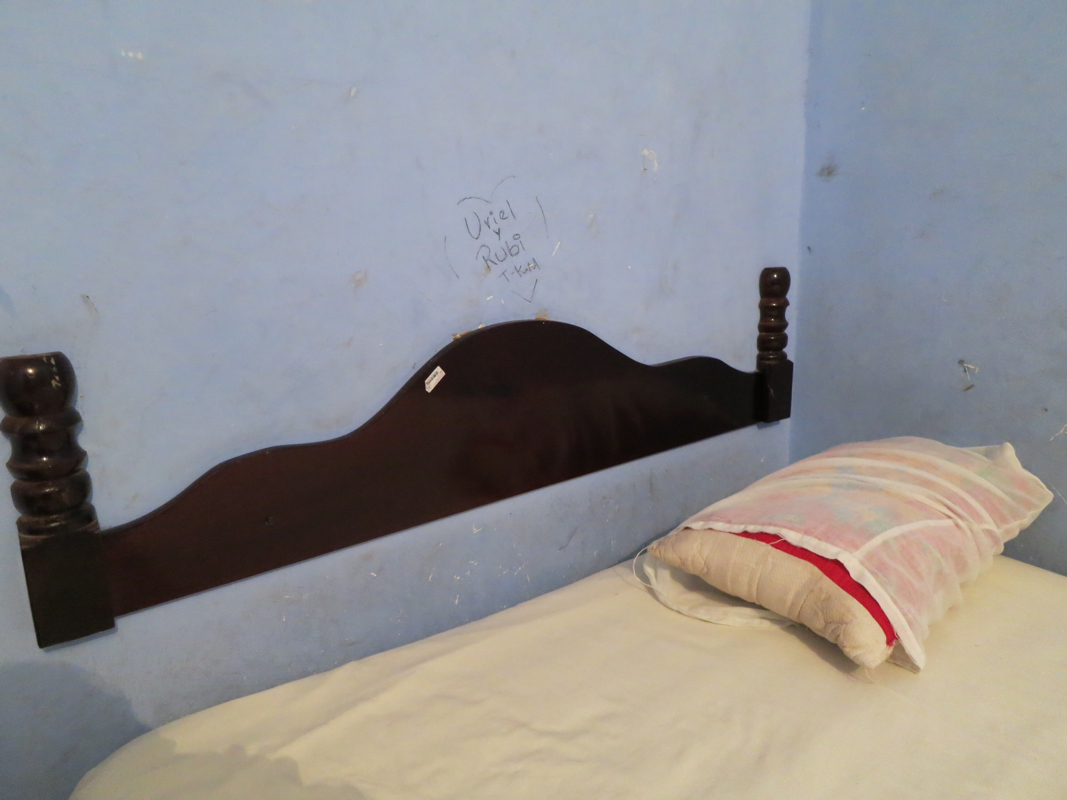
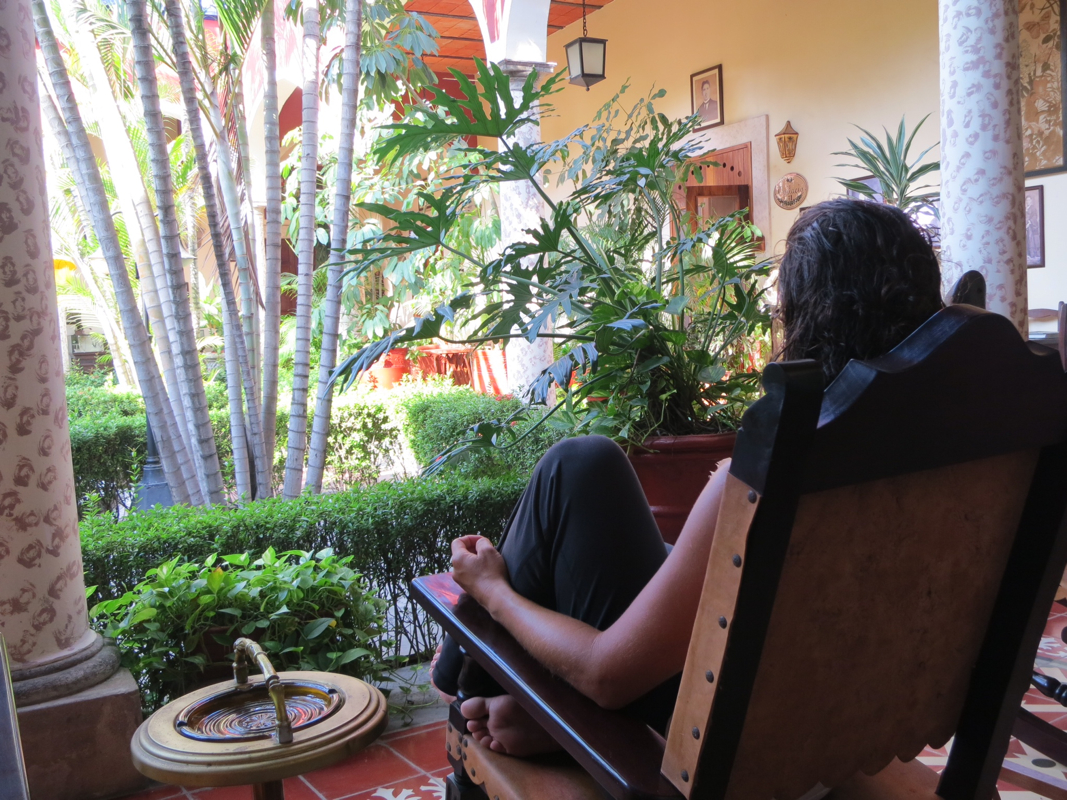
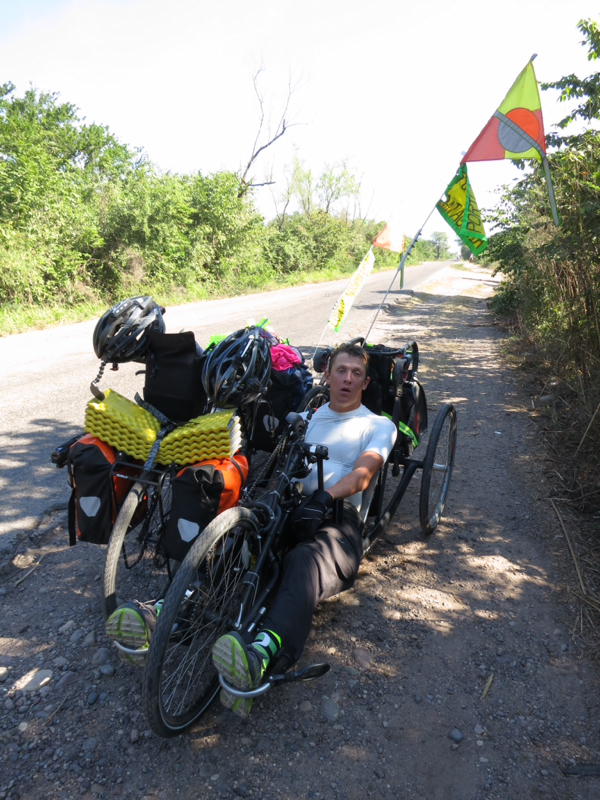
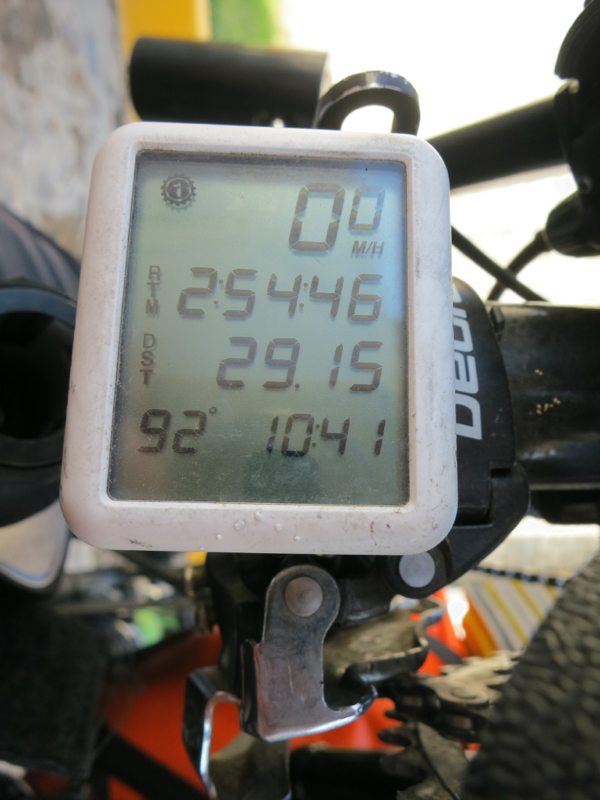
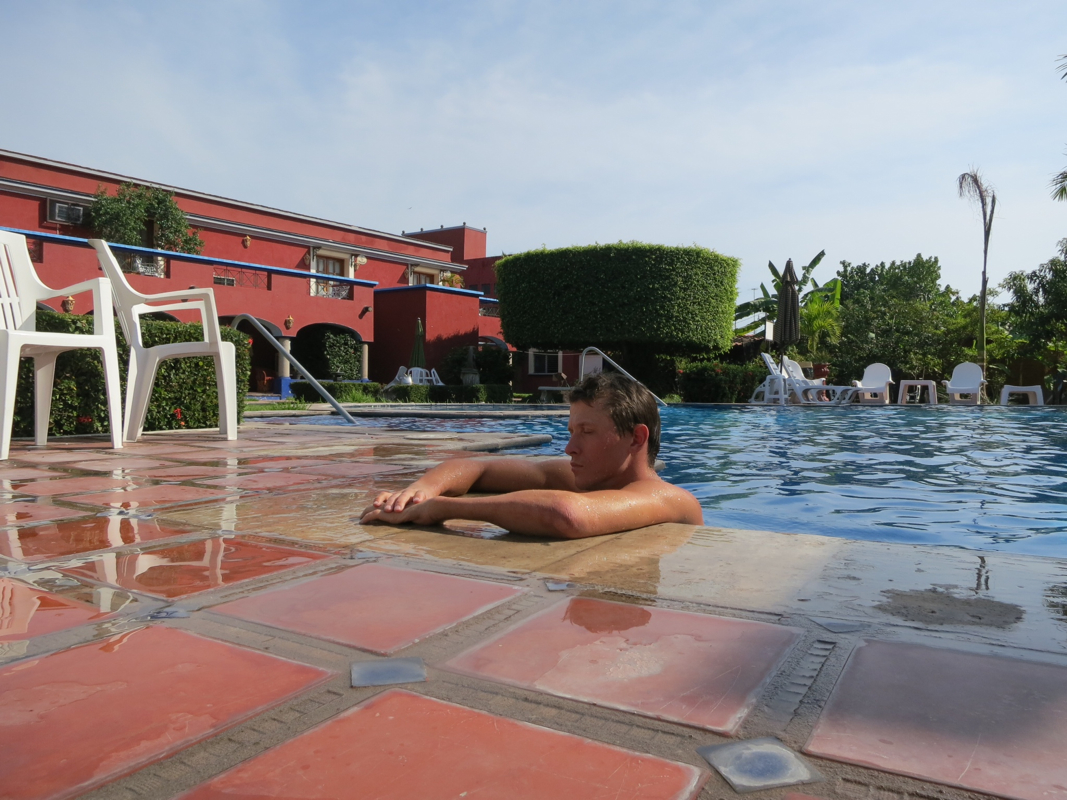
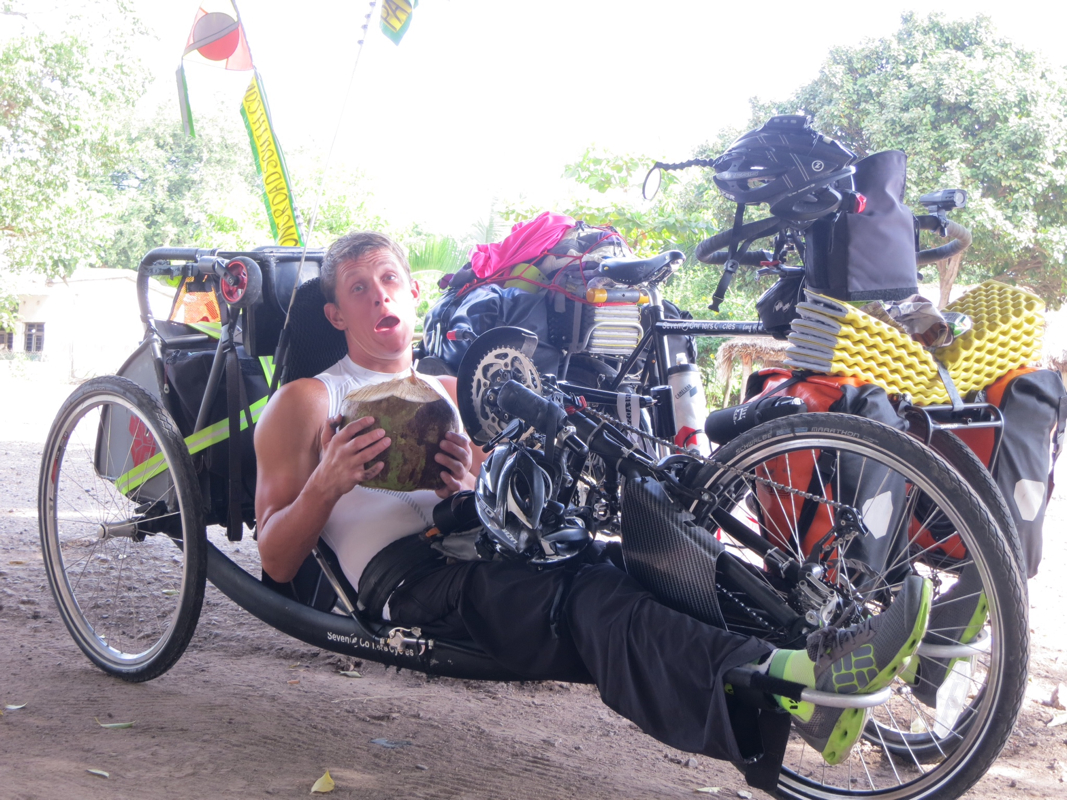
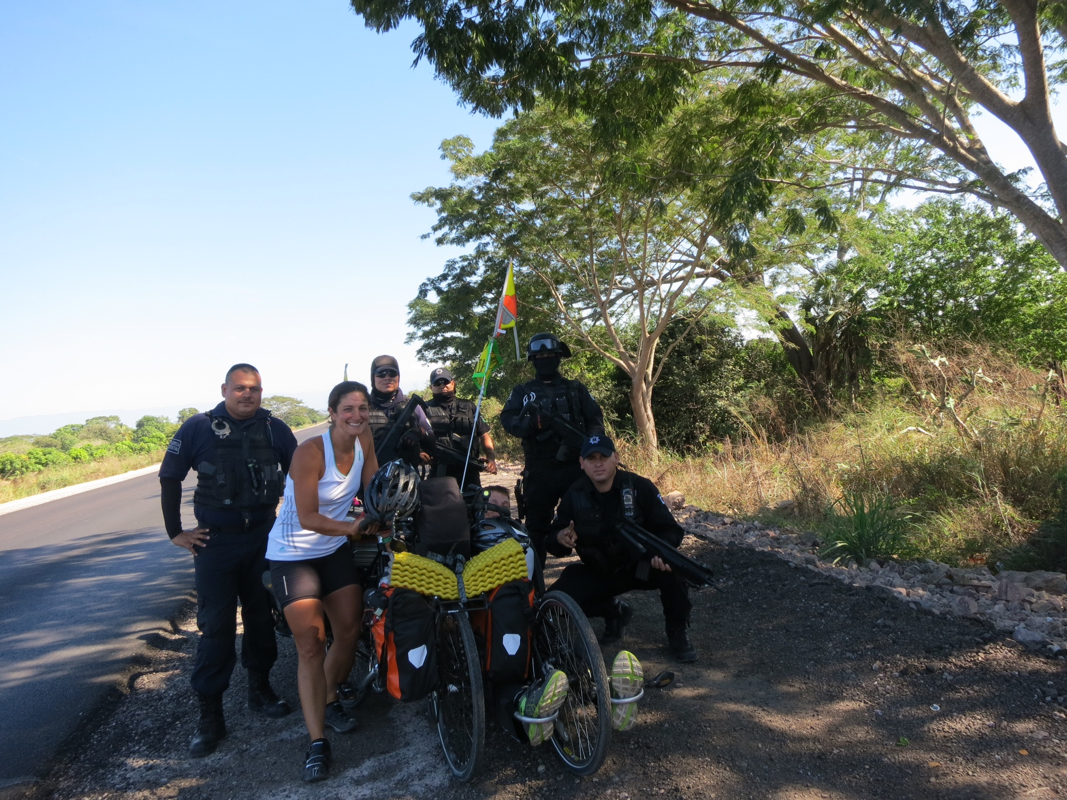
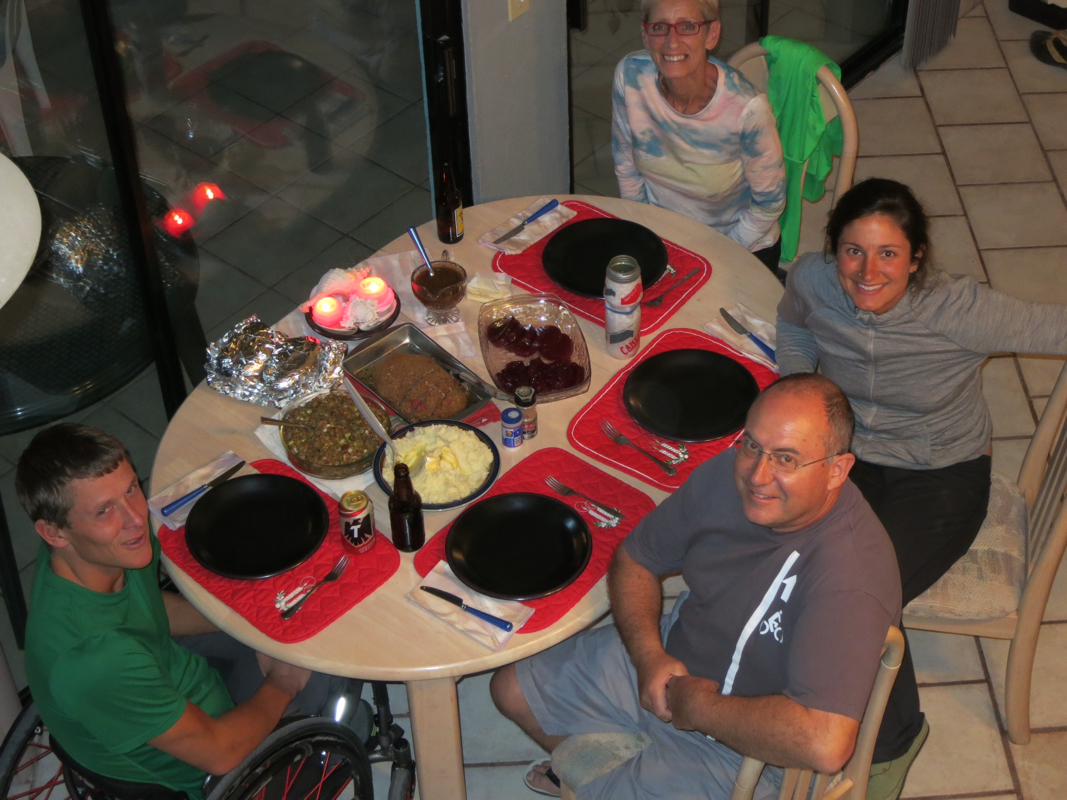
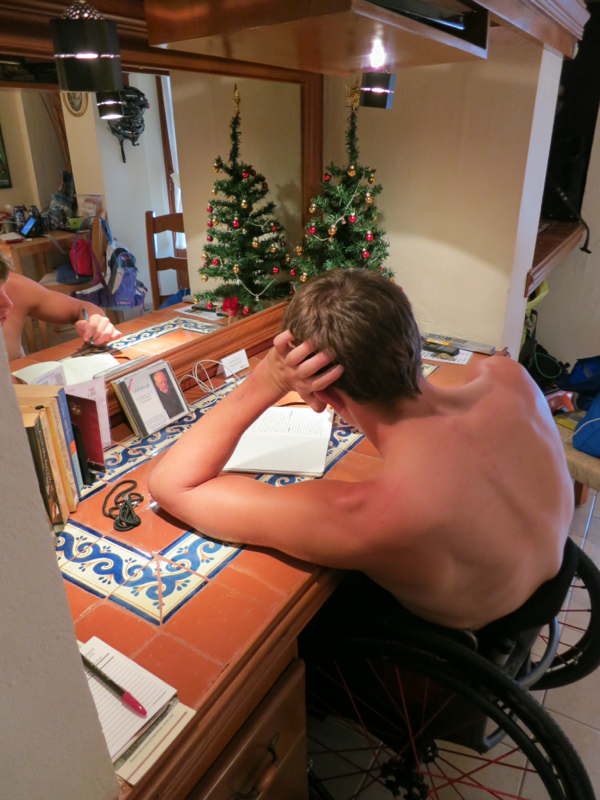
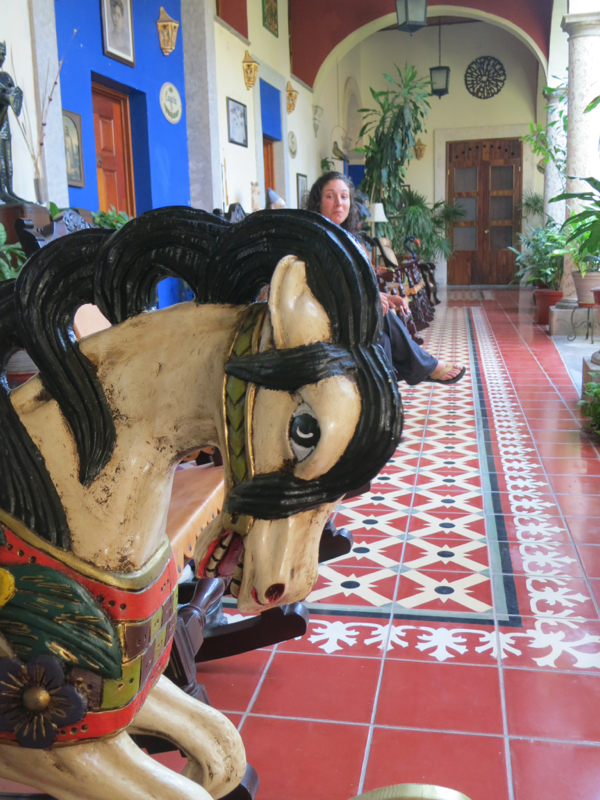
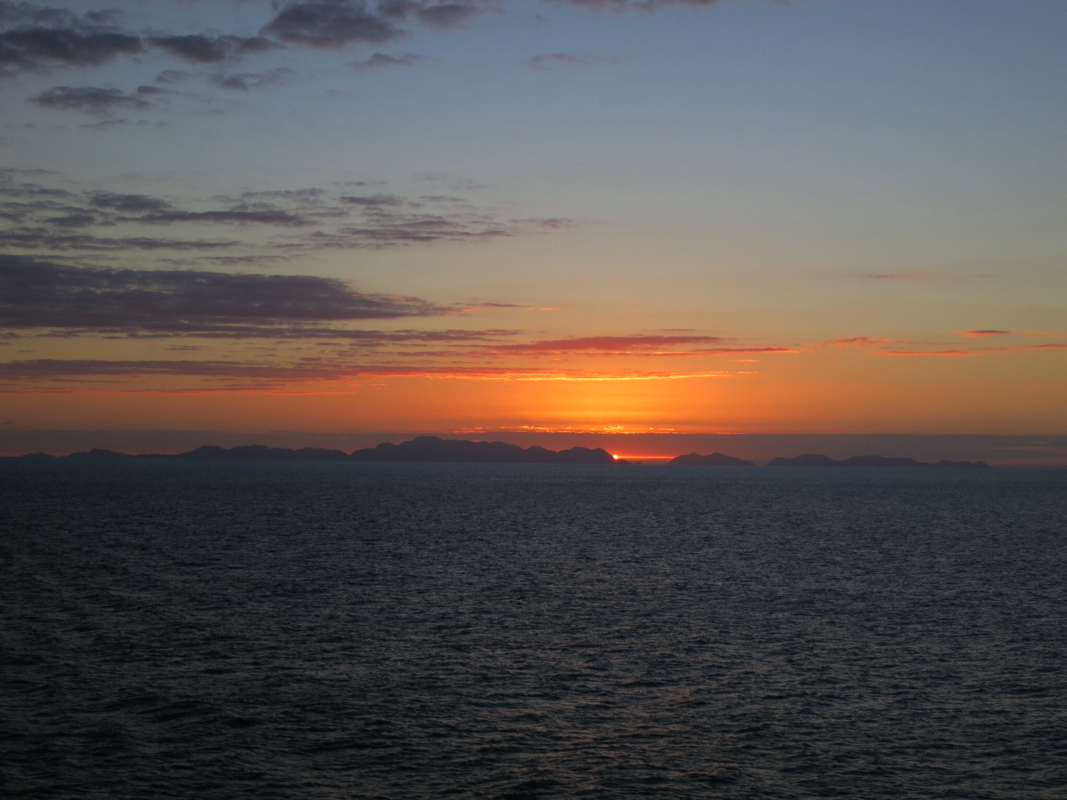
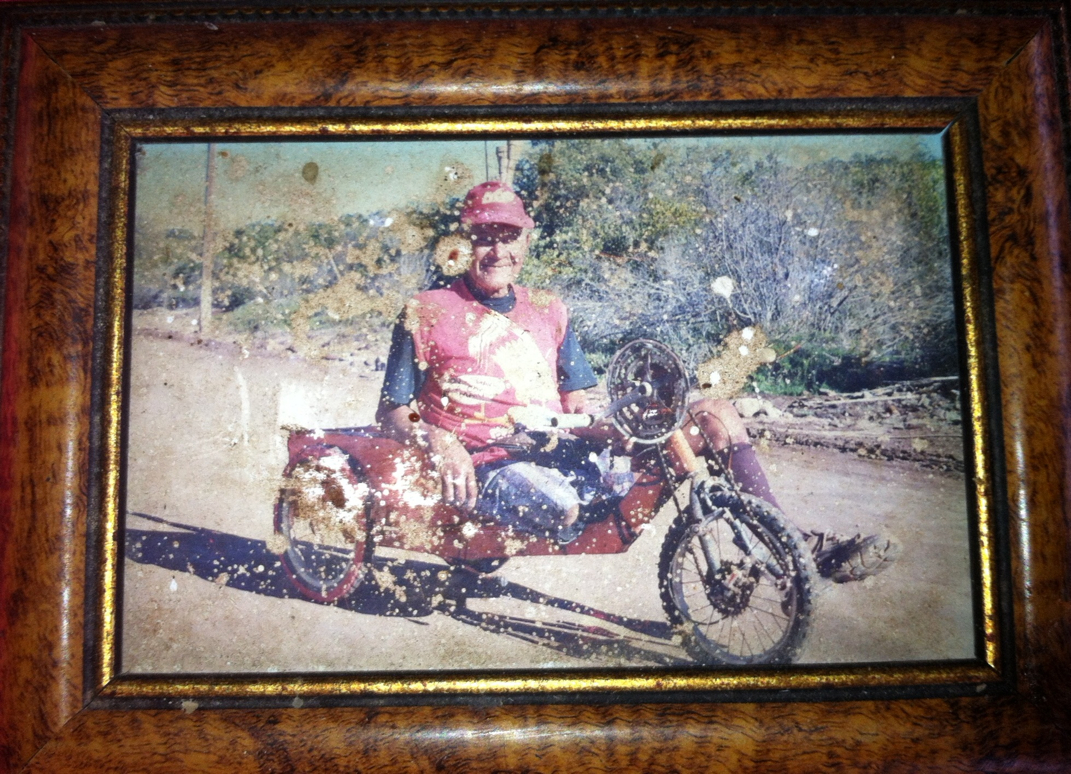
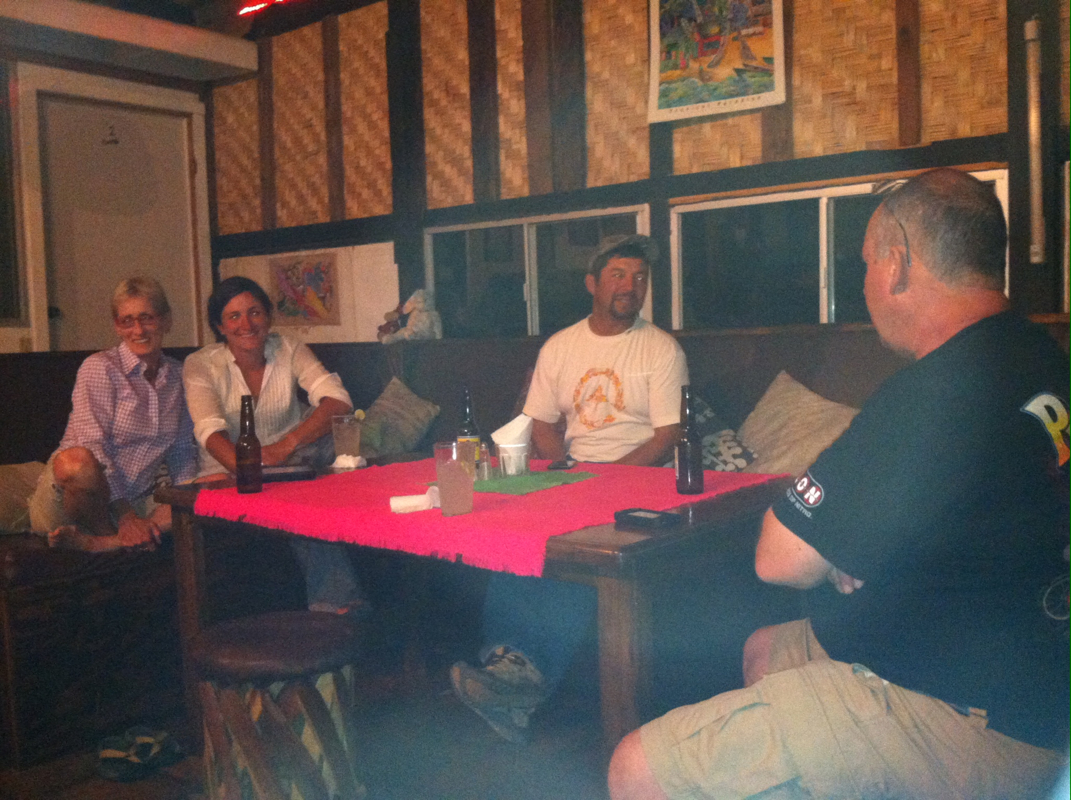
 RSS Feed
RSS Feed